The CMP Review — Week of September 15
September 15, 2025

“What so simplifies our work is that for a child the unseen things are the real things. His soul has just come from the Hand that put the stars in their places—‘the Maker of all things, visible and invisible,’ and, as the child has no knowledge of the things which form the earth-born clouds of maturer minds, he drinks in, as his natural spiritual food, all that we can tell him of the unseen world, feeling instinctively that it is true.”
— Mabel C. Batterham, PR15, p. 13
@artmiddlekauff
📷: @dave_stillwell
September 16, 2025

I love to read Charlotte Mason’s own writings. I’ve read the volumes several times and I love the living ideas they contain. But I also like to read about how ordinary people have actually applied those ideas in their schools and contexts. Especially of interest to me are the accounts from parents who taught their children at home.
Recently when I was paging through the 1917 Parents’ Review I stumbled across one such article. It was actually a paper read by a mother at the annual PNEU conference at a time when England was at war and Charlotte Mason herself was leading her movement. This mother’s account includes those little details that make it a satisfying glimpse into a first-generation Charlotte Mason homeschool. Spoiler: some of these details have to do with the Book of Centuries!
This vintage paper by Mrs. John Buchan has been transcribed by our team and recorded by Haley Struecker. I hope you enjoy it as much as I did. You can find it here.
@artmiddlekauff
September 17, 2025

Flower of an Hour.
The name tells you just how elusive it can be. On a recent trip to the Midwest, I was blessed to come upon Hibiscus trionum from the Mallow family some yards off the Mississippi River.
This charming little flower (invasive) opens only on sunny days and only for a short time. It was already closing a few minutes after the image was taken.
What new-to-you things have you come across lately?
@rbaburina
September 18, 2025
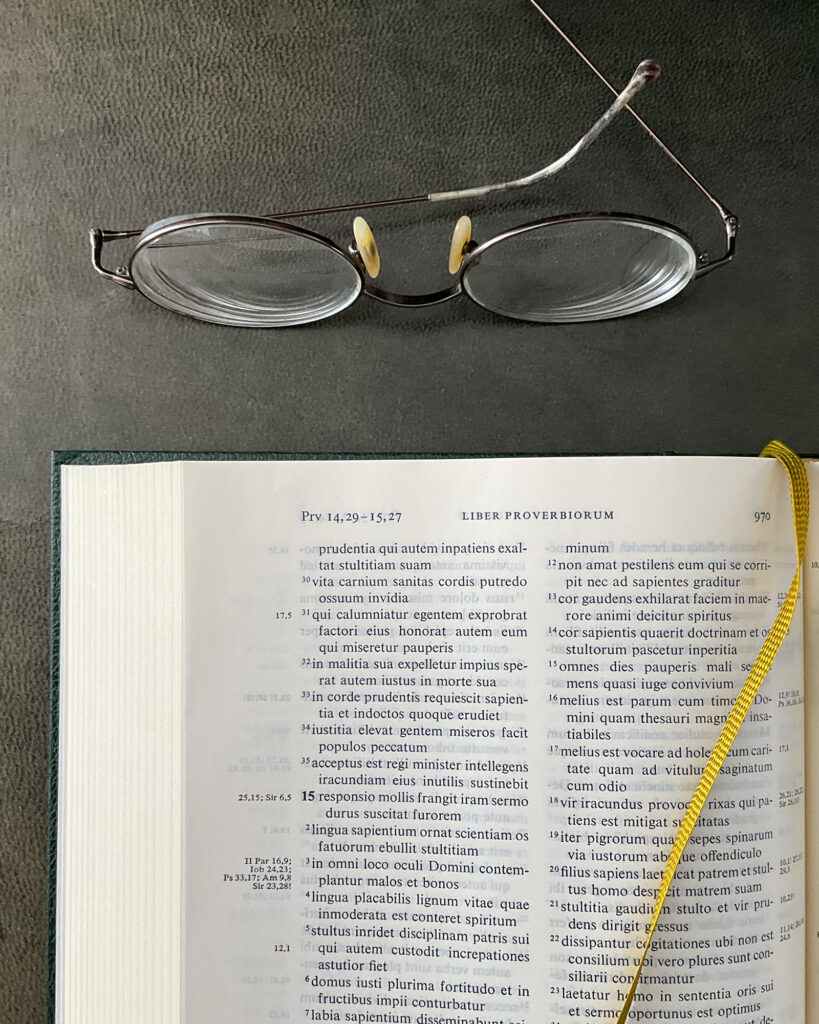
At church when people get out their Bibles to follow along with the reading or the sermon, eyebrows sometimes raise when I get out mine. People are not expecting to see the Weber-Gryson Biblia Sacra Vulgata (Editio Quinta). In other words, they are not expecting to see the Latin Vulgate.
Why would I have a Latin Bible with me when everything in our church service is in English? Here are my top reasons:
(1) Because Latin is an inflected language, a single word can convey the meaning of an entire phrase of English. This results in denser sentences that help me linger on the nouns and verbs. This aids my contemplation of the passage.
(2) Reading along in Latin while I am listening in English helps me to improve my Latin skill. (I am still a beginner.)
(3) When Jerome translated the Old Testament, he had access to Hebrew manuscripts that are not available today. I find it is interesting to get a 4th century view of the text of the Bible.
Over the years I have seen many reasons given for why we should study Latin. I have heard that students of Latin score better on the SAT, have a larger vocabulary, and have a deeper understanding of grammar. Perhaps these benefits are real. But I find one reason far more compelling than the rest: learning Latin allows us to hear voices from the past — in their own words.
@artmiddlekauff
September 19, 2025






If the heavens don’t declare the glory of God, I don’t know what does!
A few nights ago, just as the sun had set, we got an early aurora show. I ran to get Serafina and her friend who were working on their cross-stitch projects in that friend’s gazebo, and we stood out on our street and just gazed upwards. North, south, directly above us, pink, green, wispy white. It was spectacular!
@antonella.f.greco
September 20, 2025
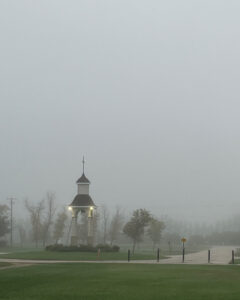
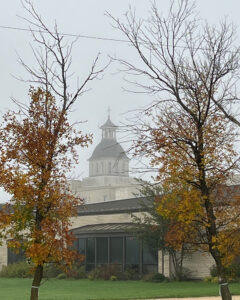
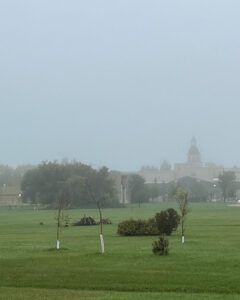
Ethereal northern lights on Sunday. An enveloping morning fog on Wednesday.
Not being prairie-born myself, I have to agree with the locals who say that “there is nothing like a prairie sky”. It is so true.
There is so much beauty to behold in the skies. It is quite amazing.
@antonella.f.greco
September 21, 2025
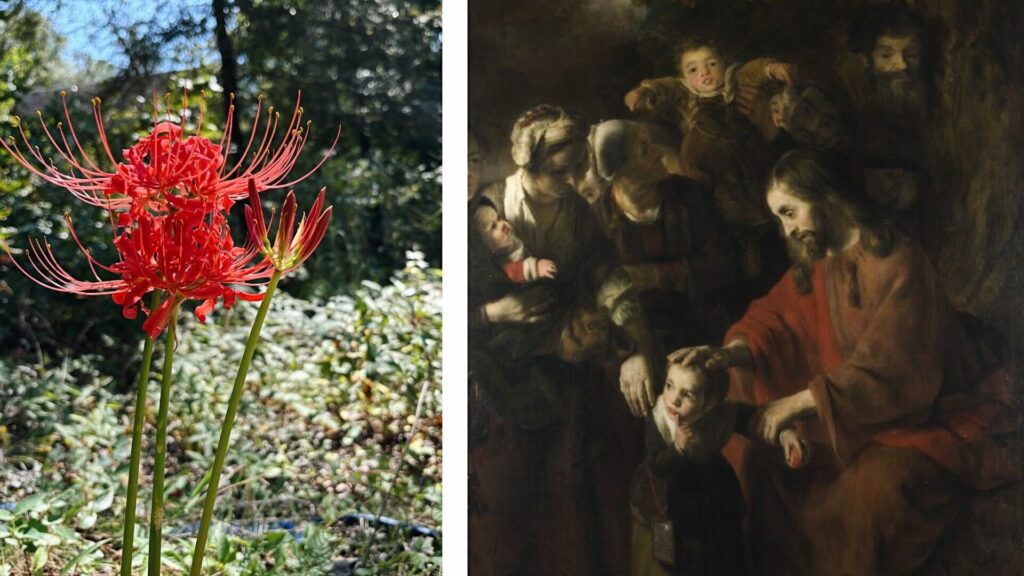
Four times in the Gospels, Jesus says “all things are possible.” Twice it is “with God” that all things are possible. Once it is “all things are possible to him who believes.” And finally, most poignantly, Jesus says, “Abba, Father, all things are possible for You.”
“All things are possible.” It’s a message of hope. It’s a message of possibility. It’s a message we all want to hear.
That’s why Luke 17:1 is so shocking. Here Jesus says, “It is Impossible.” IMpossible? How can that be?
It is a question that opens Charlotte Mason’s thoughtful and thought-provoking poem on this passage in Luke. It was never published, but you can read or hear it today here.
@artmiddlekauff